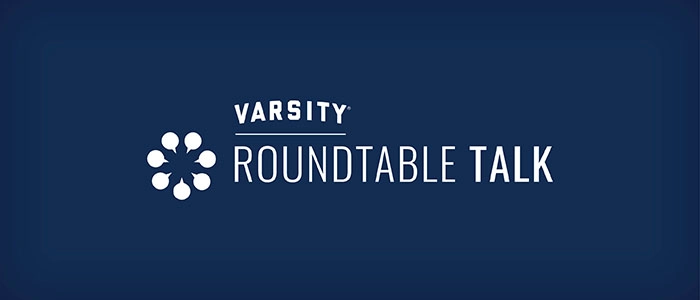Sharon Jessup is a consultant with OnePoint Partners, a board member of a senior living community, and an adult child with parents in senior living. Sharon also joined Varsity’s weekly Roundtable recently to share her unique, 360-degree perspective on the industry, one that blends strategy, lived experience and leadership.
Senior living is the only thing I’ve ever sold in my career,” said Sharon. “But when you experience it through the eyes of a loved one, it’s truly a game changer.”
FROM MANAGEMENT TO GOVERNANCE
Joining the Porters Neck Village board shifted the view from day-to-day operations to long-term strategy. With a seat at the governance table—and her parents living in the community—Sharon Jessup now helps shape the future of senior living from both a personal and professional perspective.
SEEING SENIOR LIVING THROUGH FAMILY
Experiencing senior living alongside her parents offered a whole new lens. From dining and activities to everyday engagement, the resident experience became deeply personal—proving that connection, community, and involvement matter just as much as care and convenience.
LEADERSHIP THROUGH LISTENING
Whether mentoring colleagues, serving on a board, or supporting family, leadership is rooted in listening. It’s not about managing—it’s about guiding, teaching, and showing up. Great leaders stay curious, lead by example, and always make time to understand the people they serve.
A COMPANY WITH PURPOSE
At OnePoint Partners, purpose and values drive every decision. As a B Corp certified firm, the team blends financial insight with empathy, collaboration, and curiosity—offering tailored strategies to communities while staying grounded in the mission of aging services.
ADVOCACY THAT EVOLVES
The journey doesn’t end—it evolves. Whether advising communities or supporting parents, advocacy is a lifelong role. With decades of experience and a personal stake in the resident journey, Sharon continues to teach, advise, and shape the future of aging services with compassion and clarity.
Varsity’s Roundtable is a weekly virtual gathering of senior living marketers and leaders from across the nation. For updates about future weekly Roundtable gatherings, submit your name and email address here.
